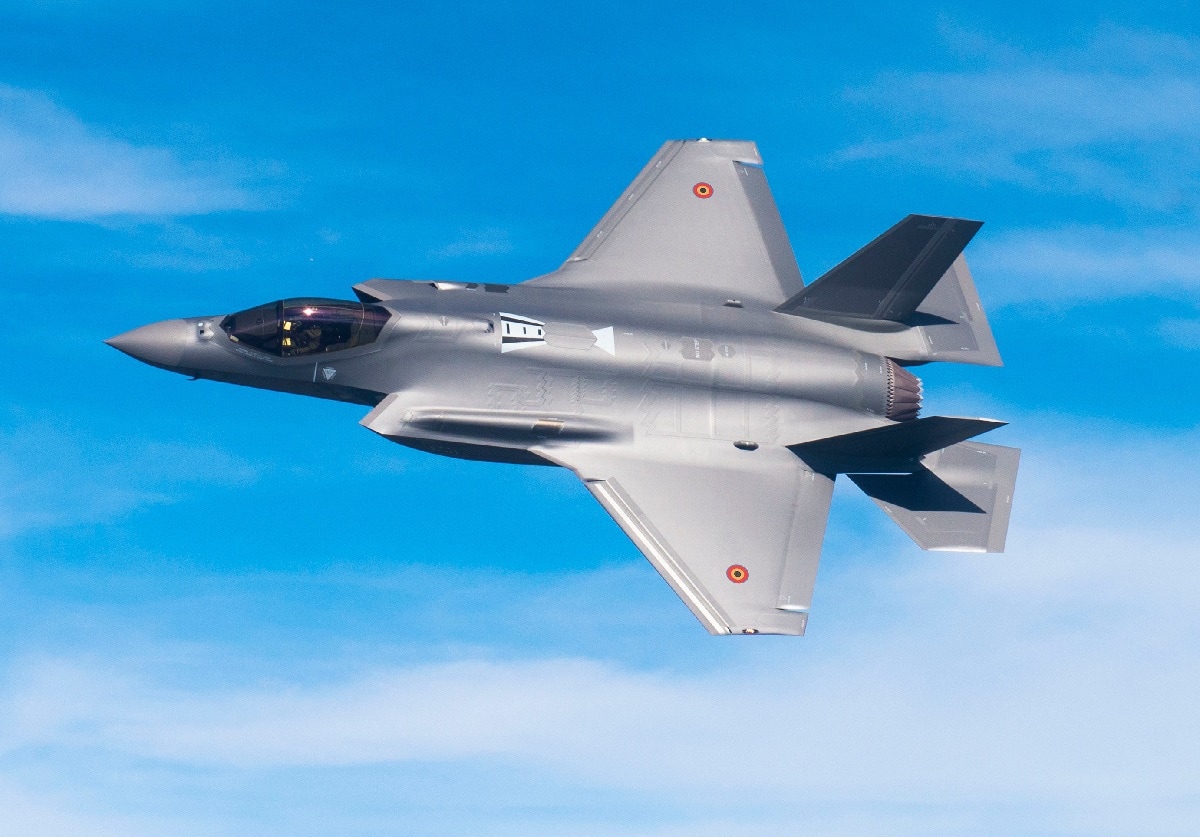The Government Accountability Office (GAO) has put the Lockheed Martin F-35 Lightning II in its sights again, warning that the cost and schedule risks in its modernization program remain high while the total estimated cost of Block 4 aircraft has increased from $10.6 billion to $14.4 billion.
What the headlines miss, however, is critical: the increase was, in part, a recognition of all costs, past, and future, estimated to be required over the lifetime of the program.
This recent report from the GAO follows a report in March in which the government watchdog noted that the Department of Defense (DoD) has plans to acquire nearly 2,500 of the F-35 Lightning II in all three of its variants – which include the United States Air Force’s conventional takeoff and landing, the United States Marine Corps’ short takeoff and vertical landing (STOVL), and the United States Navy’s carrier-based version. The cost to acquire those aircraft will cost upwards of $400 billion, while the project calls for an additional $1.27 trillion to operate and sustain them.
What the Critics Always Miss
While the program is behind schedule, not a shocker considering the size of the effort, the F-35 should clearly be seen as cost-effective in the short term, especially the size of the price tag.
Nonetheless, we need to stop thinking about just costs and consider what the F-35 is being asked to do for the U.S. military: replacing huge chunks of the U.S. military’s obsolete fourth-generation fighters with fifth-generation stealth capability. Yes, that means the F-35 Joint Strike Fighter program is meant to provide a replacement for the F-15, F/A-18E/F, and A-10s.
Don’t gloss over that fact, let it sink in. That’s a really big deal, and not easy to do on the cheap. In fact, you can’t do that on the cheap.
That should seem like a commonsense idea, however, for whatever reason, the F-35 critics just don’t seem to get it.
Moreover, despite not yet reaching full production just yet, more than 400 F-35s have been built – suggesting it is actually a mature, and more importantly, a battle-proven platform. The aircraft has also been sold to thirteen nations including original partners. That seems like a pretty big vote of confidence to me.
There Is No Competition
As only the second fifth-generation combat aircraft produced to date – after the Lockheed Martin F-22 Raptor – the F-35 provides a clear edge over near-peer adversaries such as China and Russia, which are each struggling to introduce their respective J-20 and Su-57 fifth-generation combat aircraft. Neither nation has been nearly as successful at securing the potentially necessary foreign interest to export those warbirds. Moscow has also struggled to find the means to even pay for its Sukhoi Su-57. And yet, the critics keep slinging arrows at the F-35.
The F-35 is also the only fighter jet in the U.S. military’s arsenal that can take on the anti-access/area-denial air defense platforms China and Russia are now fielding and selling all over the world.
Taken as a whole, that makes the F-35 by far the most successful fifth-generation aircraft in the world and it is unlikely any rival will surpass it soon. Additionally, the total price is for the life of the aircraft, which will likely go down more and more with time. What is there not to like?
A Vote Of Confidence
As the Swiss government recently determined, going with a legacy aircraft – such as the Dassault Rafale or Eurofighter Typhoon – could cost as much and provide fewer capabilities. Neither of those aircraft offers the first-day of conflict stealth capabilities of the F-35 and certainly not coupled with the third-day conflict “beast mode” abilities. The Lightning II has capabilities to deal with Chinese and Russian air defenses in a way that the F-15 and F-15 simply couldn’t – and that ability comes at a higher price tag.
Finally, as noted, the F-35 has proven itself in combat, where the Israeli Air Force has successfully employed its F-35I “Adir” variant in multiple operations. Just last month F-35Bs from the United States Marine Corps and Royal Air Force (RAF) took part in combat operations from the Royal Navy flagship HMS Queen Elizabeth to strike ISIS targets in Iraq.
The F-35 Lightning II may be expensive, but not having the best aircraft should we face a future war could be far more costly.
A note to the critics: look at what the F-35 is being asked to do, what is it being asked to replace, what the completion is, and what the future threat environment is. Taking all of that into consideration, the F-35 looks like a winner to me.
Peter Suciu is a Michigan-based writer who has contributed to more than four dozen magazines, newspapers and websites. He regularly writes about military small arms, and is the author of several books on military headgear including A Gallery of Military Headdress, which is available on Amazon.com.

